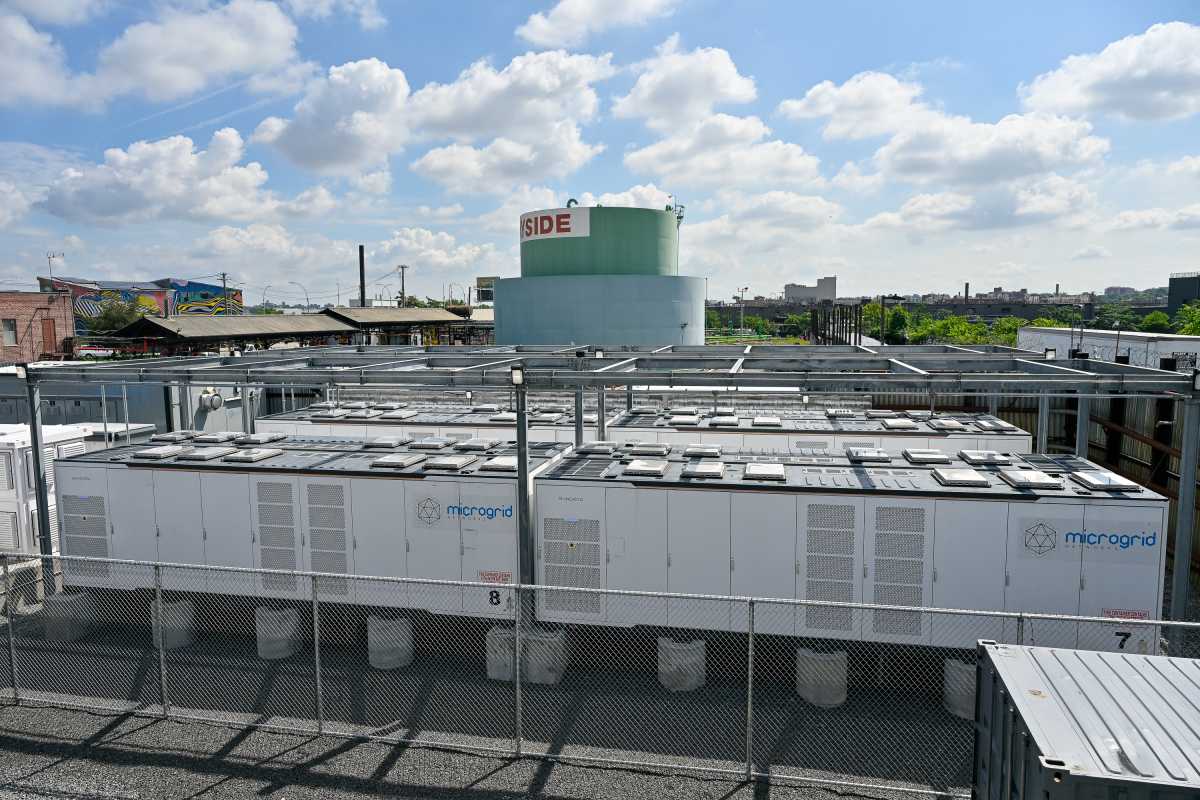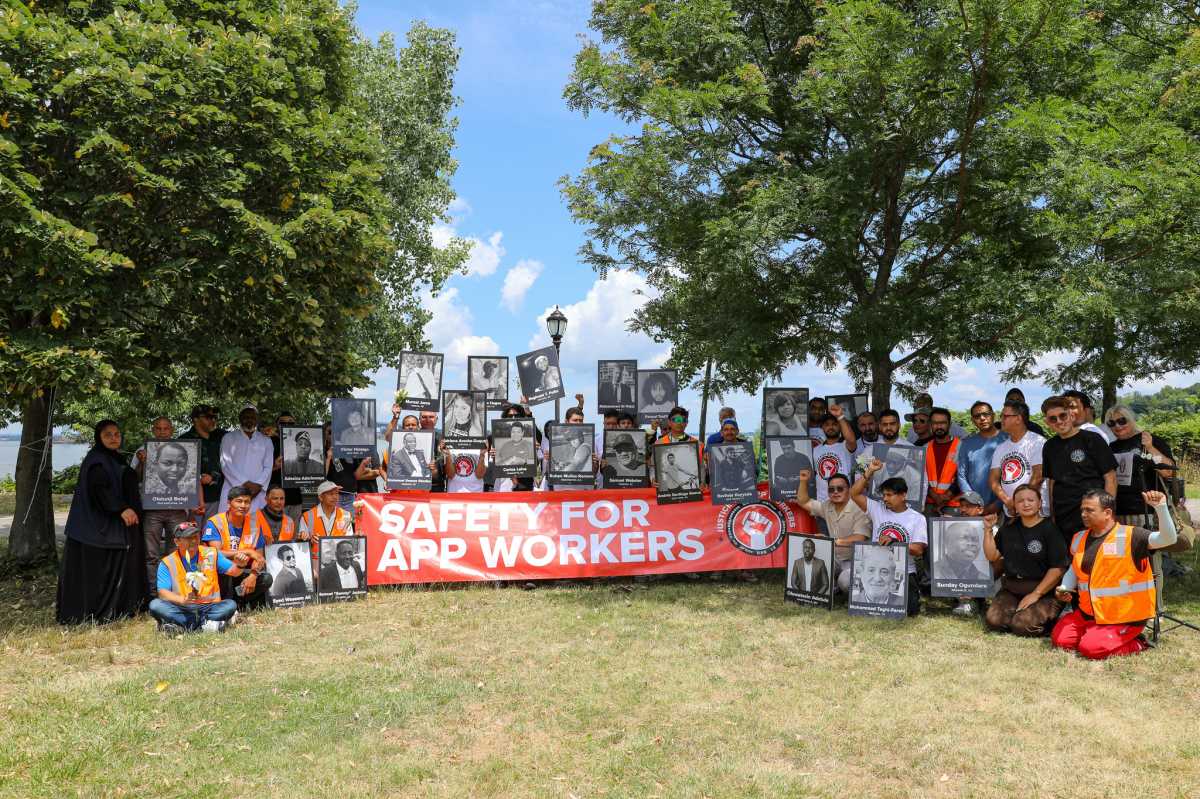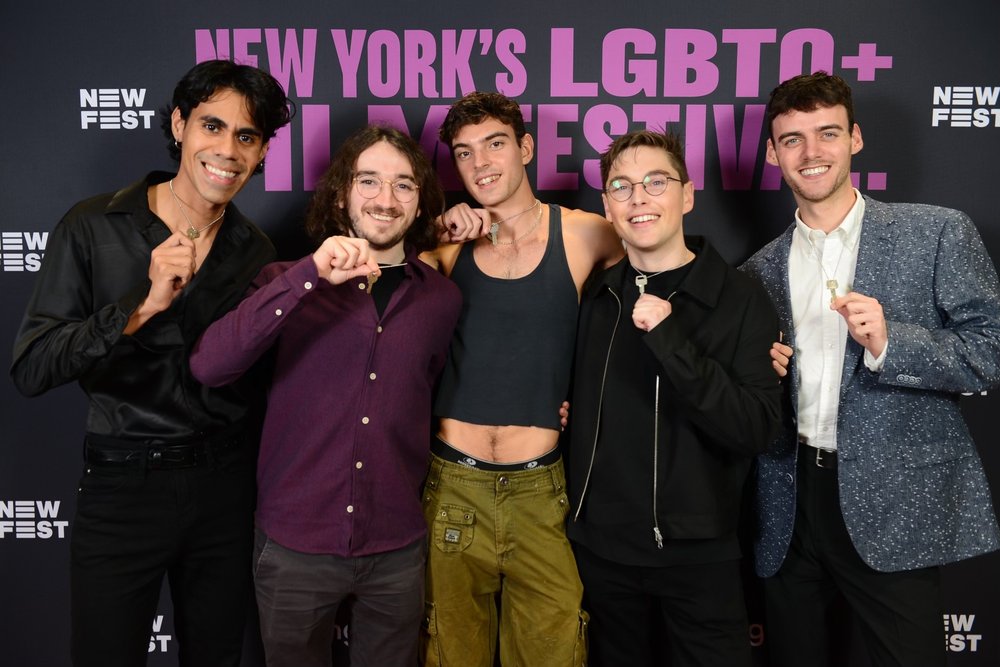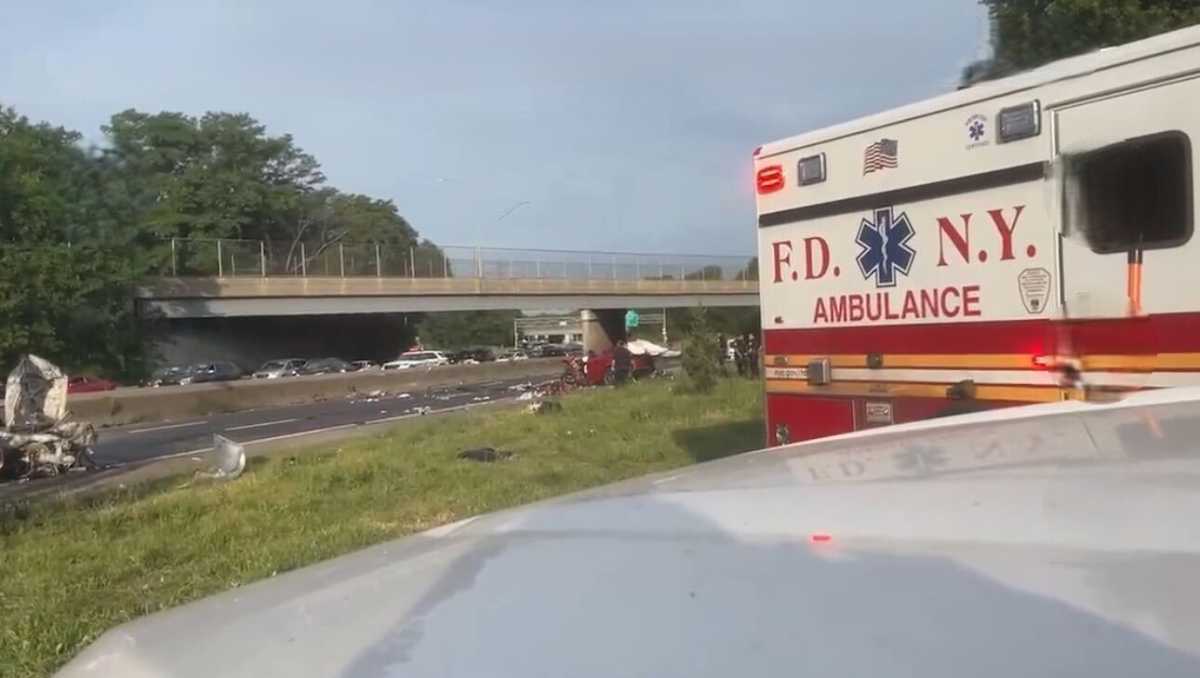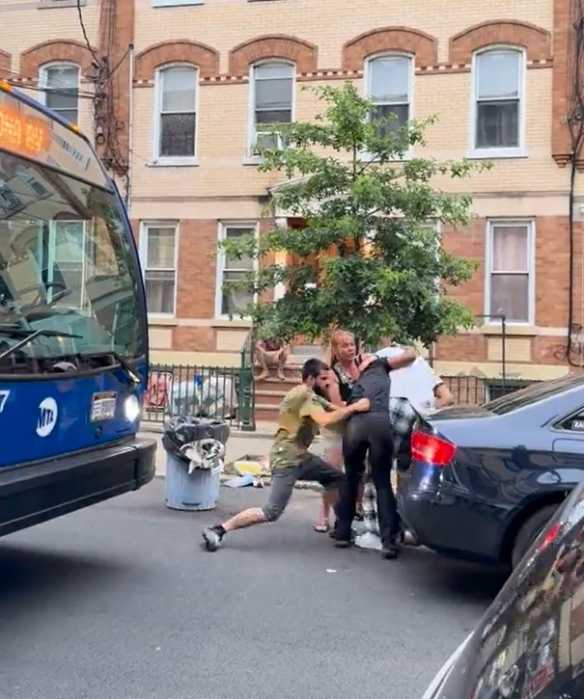
BY BRAD HOYLMAN | COMMUNITY BOARD | “ULURP,” which stands for uniform land use review procedure, is one of those bureaucratic acronyms known to junkies of local government. Over the last year or so, however, it’s received much wider cachet in Greenwich Village as our community has reviewed two major development proposals. This year, 2012, has been called “The Year of the ULURP” for good reason. We’ve been in full-on land use review mode since the St. Vincent’s Hospital redevelopment project came to conclusion in March and the public began its review of the N.Y.U. campus expansion project late last year.
There’s much more work to be done on the New York University proposal, which Community Board 2 rejected unanimously. (The City Planning hearing on the university’s proposal was this Wednesday.)
Our third major ULURP, the Hudson Square rezoning, waits in the wings for consideration later this spring or early summer.
But it’s worth taking stock on the St. Vincent’s deal and N.Y.U. and the lessons learned from the months of public review we’ve undertaken. Here are my top three:
Trust the locals: Pressure exists on community boards to take a high-minded approach on development issues and ignore the testimony of local neighbors in deference to a greater good, like “jobs” or “economic development.” We should be suspect of this approach. First, the greater-good arguments are often speculative. Job projections for a project, which developers can point to as justification to ignore the objections of neighbors, are notoriously shaky. They are based on contingencies like market forces and often are short-term predictions, particularly for construction jobs.
Second, when it comes to the potential impact of a development, who knows better than the people who live next door? We take this point seriously on C.B. 2. Because the community board itself did not have representation from the neighbors who would have been most directly impacted by the proposed new St. Vincent’s Hospital, we appointed five public members to the St. Vincent’s Omnibus Committee to make sure their viewpoints were heard. On N.Y.U., we’re lucky to have members of the community board from the Central Village area who’ve helped lead the board on this issue. I believe the input of these members has been crucial to the community board’s position on both St. Vincent’s and N.Y.U.
Thank God for church basements: A good community meeting is about 50 percent planning and logistics. Sometimes we’ve learned this the hard way. At one of our early meetings on St. Vincent’s, 150 people showed up for a room that could fit only 75. We only had one working microphone, too. The standing-room-only crowd added to the tension of this difficult issue — at one point the meeting threatened to break down into chaos and the police were called.
A similar situation threatened the first N.Y.U. public meeting earlier this year. More than 300 people showed up for a meeting at the AIA Center for Architecture, which can only hold about half that many people. AIA refused to admit the overflow crowd, who were rightly incensed and began chanting and banging on the windows. Thanks to the quick work of the C.B. 2 staff, we were able to decide right on the spot to move the entire meeting to a nearby church basement, and this important first meeting went on without a hitch. Since then, church basements have been the default venue for our big public meetings.
Share the wealth of work: In theory, big land use review projects like the St. Vincent’s redevelopment, N.Y.U. and Hudson Square rezoning could be handled in one public hearing, in one month before our Land Use Committee. But these big, complicated applications demand much more scrutiny and discussion from the public than just one meeting. For the St. Vincent’s and N.Y.U. proposals, our community board took a page from Community Board 4’s work on the Hudson Yards rezoning and broke down the responsibilities among all of the board’s committees with expertise on a project’s impacts, including zoning, environment and public health, social services and education, traffic and transportation, and parks and open space. We’ve also taken maximum advantage of the 60 days the community board is afforded during the ULURP process and held two months of public hearings, instead of the typical one month. The result is more than 10 times the amount of work the community board might be expected to undertake, but it’s worth it. I think we’ve ended up with a more comprehensive, deliberative process and stronger resolutions that more accurately reflect the community’s wishes.
Community boards are advisory bodies. Nothing a board passes is the final say on a given issue, so our influence comes from our ability to sway elected and city officials who have veto power over land use actions. It’s therefore paramount that we adhere to a legitimate public process that is transparent, fair and gives the public the maximum opportunity to participate. Using these three lessons, we’ve strengthened our public review process during the “Year of the ULURP” as well as the community’s voice on these huge projects that will have a profound impact on neighborhoods.
Hoylman is chairperson, Community Board 2, which covers the area between 14th and Canal Sts., from Bowery/Fourth Ave. to the Hudson River



















